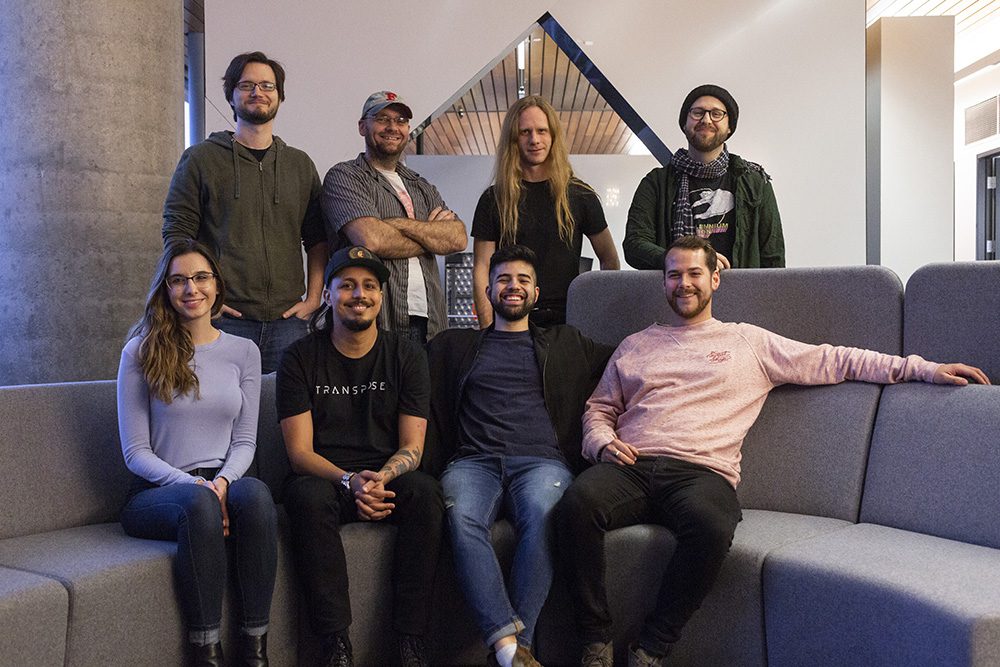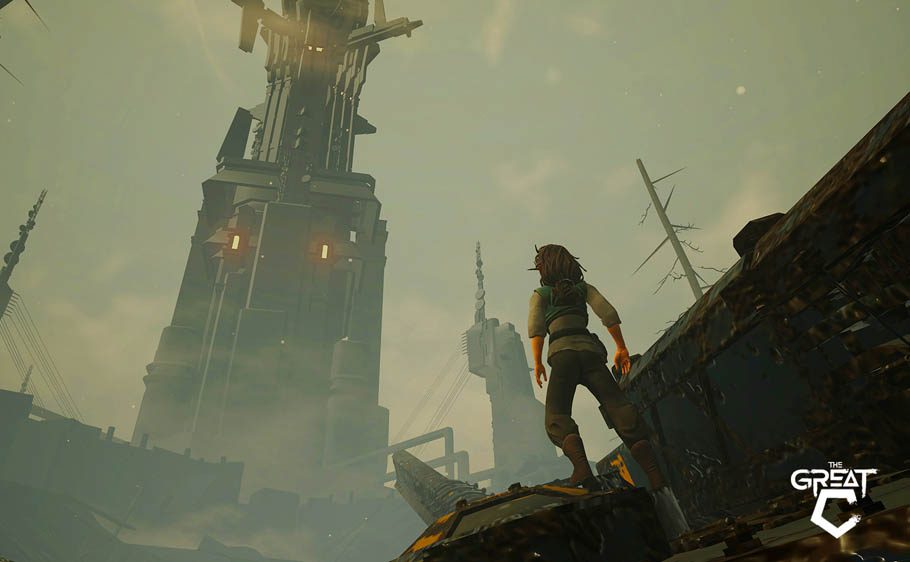Schlagwort: Secret Location
-

Become transfixed by the dreamlike world of Transpose
Reading Time: 6 minutesThe recently released Transpose takes you into a mesmerizing and surreal world where you’ll need to manipulate time and gravity to overcome various obstacles. We spoke to Josh Manricks at developer Secret Location to find out what inspired this stunning out-of-body experience. Interview by Nathan Ortega, Viveport [youtube https://www.youtube.com/watch?v=u_jkNOgKMkQ?feature=oembed&wmode=opaque&w=730&h=411] For those unfamiliar, tell…
-

The Great C breaks the mold for a new kind of VR story
Reading Time: 7 minutesScience fiction legend Philip K. Dick’s work has been adapted many times in many mediums, but none of his original material has appeared in VR form. Considering Dick practically invented the ‘reality is not real’ subgenre of SF, it’s surprising more of his works haven’t debuted in virtual worlds. That might change…

